What types of dishwashers are there? Types and types
 A lot has changed since the invention of the first dishwasher was patented. The introduction of new technologies, coupled with accumulated experience in operating dishwashers, has led to the emergence of their varieties.
A lot has changed since the invention of the first dishwasher was patented. The introduction of new technologies, coupled with accumulated experience in operating dishwashers, has led to the emergence of their varieties.
And now, in order for the consumer to make the right choice, it is necessary to first study the types and types of dishwashers, determine how they differ from each other, what advantages and disadvantages this or that type has. Let's resolve these issues together within the framework of this article.
The history of the dishwasher
 The world's first dishwasher was invented by the American Joel Goughton, although he can hardly be called the “inventor of the dishwasher,” he was rather the author of an idea that he never managed to implement. The prototype he assembled in 1850 was difficult to use, required hard physical labor, and left the dishes just as dirty. Goughton came up with the idea of automating dishwashing, but was never able to implement the idea.
The world's first dishwasher was invented by the American Joel Goughton, although he can hardly be called the “inventor of the dishwasher,” he was rather the author of an idea that he never managed to implement. The prototype he assembled in 1850 was difficult to use, required hard physical labor, and left the dishes just as dirty. Goughton came up with the idea of automating dishwashing, but was never able to implement the idea.
The history of the creation of a full-fledged dishwasher begins with the invention of the American Josephine Cochrane. Her washing machine was already somewhat reminiscent of a modern one. The Cochrane dishwasher had manually operated piston pumps, a heating element that constantly heated the water to the desired temperature, and a convenient basket for storing dishes.
For your information! Although Cochrane’s invention was revolutionary, it was not widely used due to the high price and poor quality of dishwashing. However, the history of the structure of dishwashing units began with her dishwasher.
 The history of dishwashers continues in Europe.The fully automatic dishwasher was invented by Miele engineers in 1929 in Germany. Now, to wash the dishes, there was no need to stand at the machine and turn the handle, since hot water was supplied to the tank with the dishes by an electric pump. In 1960, the same company released a dishwasher that looked like a modern one and washed dishes fully automatically. From this moment the history of modern dishwashers begins.
The history of dishwashers continues in Europe.The fully automatic dishwasher was invented by Miele engineers in 1929 in Germany. Now, to wash the dishes, there was no need to stand at the machine and turn the handle, since hot water was supplied to the tank with the dishes by an electric pump. In 1960, the same company released a dishwasher that looked like a modern one and washed dishes fully automatically. From this moment the history of modern dishwashers begins.
Types of dishwashers, their distinctive features
Just 15-20 years ago, the question of what types of dishwashers there are could be answered simply, quickly and thoroughly. Now this is becoming increasingly difficult to do. To shed light on this issue in more detail, we decided to present one of the most common classifications, which includes almost all types of modern dishwashers. You can see a schematic display of the classification of dishwashers in the picture below
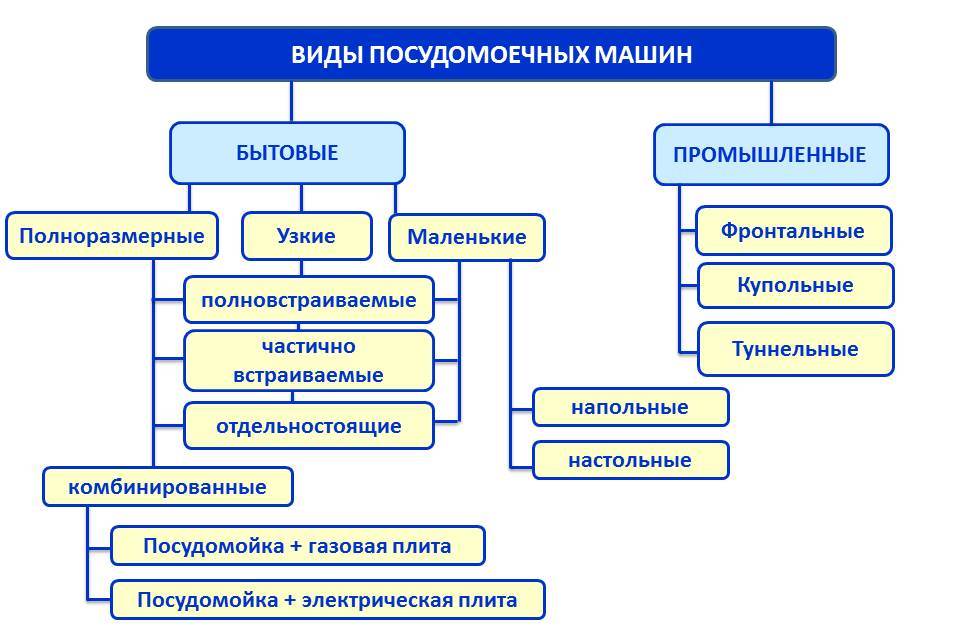
All dishwashers are divided into household and industrial. There are three main types of industrial dishwashers:
- Front-mounted - they are very similar to household dishwashers; they also have a door on the front, inside a basket for dishes and a similar control panel. The difference is reliability. Front-facing industrial machines have all metal parts, they wash more dishes, and such machines last much longer than household ones.
- Dome machines are original industrial machines that do not have a door. The washing tank covers the container with dishes like a dome, hence the name of this unit. The dome machine usually comes with a sorting table and sink.
- Tunnel dishwashers are the largest and most efficient dishwashers, which are installed in large catering establishments and large hotels. In appearance, the machine resembles a conveyor along which dirty dishes move, enter a washing tank, and then come out clean.
Note! Tunnel dishwashers require a lot of space, from about 18 square meters. m.
There are many companies that produce industrial washing equipment. Such equipment is very expensive, so there is no point in using it for domestic needs. More details professional and industrial dishwashers are discussed in the article of the same name on our website.
Household dishwashers that consumers most often encounter are divided into:
- full size;
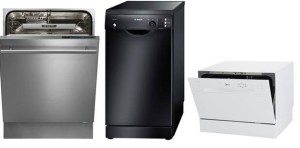
- narrow;
- small.
Full-size dishwashers are those with a height of 82-87 cm and a width of 60 cm. The depth of such dishwashers can be different: 55 or 60 cm. Modern full-size machines can wash from 10 to 17 sets of dishes in one cycle, therefore they are considered the most spacious. Full-size machines can be fully built into furniture, partially built-in or free-standing.
Narrow dishwashers differ from full-size ones only in width, which ranges from 44.5 to 49 cm. Based on the type of installation, they are also divided into three categories. Small (compact) machines available for sale can also vary in type of installation, and as for their sizes, their width varies from 50 to 60 cm, depth from 50 to 55 cm, height from 44 to 60 cm.
Separately among the full-size ones, they stand out combined machines. These can be dishwashers combined with a gas stove and oven, or with an electric stove and oven. This technique has just appeared on the market; due to its complexity, it has a high price and low demand.
Which dishwashers are more reliable and economical and wash dishes better?
The reliability of a dishwasher is determined by several criteria.
- The first of these is the material used to make the internal tank, rocker arms and baskets. The fewer plastic elements, the stronger the unit will be. As a rule, manufacturers use plastic more often in compact dishwashers, so draw a conclusion.
- The second point is the software “stuffing” of the dishwasher; the more complex it is and the more modes it has, the more vulnerable it is. The complex design of combination dishwashers makes them the most unreliable. If a spare part of a gas stove fails, you will have to take the entire unit for repair, which is very inconvenient.

- The third thing you should pay attention to when thinking about the reliability of a dishwasher is the country in which it was assembled. German-made machines (Miele, Bosch, AEG) are considered the most reliable; dishwashers from Italian manufacturers can also be considered reliable, but Chinese machines cannot be called such. However, you shouldn’t think badly about Chinese technology; among them there are decent units that work stably, it depends on your luck.
It is difficult to say which type of dishwasher is more economical; you need to consider the characteristics of a specific model. Full-size washing machines spend an average of 11-12 liters of water, there are premium washing machines that consume up to 10 liters, for example, a machine from Neff 51M65X4 spends 7.5 liters of water, but not many will be able to afford to buy such a “housekeeper”.But most compact washing machines consume 7-8 liters of water, there are dishwashers with a consumption of 6 liters of water.
Important! Whether water consumption in small machines should be considered economical will depend on the number of loads of the machine per day, because such a dishwasher can wash half as much as a full-size one.
The same can be said about energy consumption; in full-size and narrow models it averages 0.73 - 0.9 kW/h, and in small ones 0.61 kW/h. But if you run a small machine 2 times a day, then the energy consumption will be higher.
Modern dishwashers are characterized by a fairly high quality of dishwashing. It is quite difficult to say which type has an advantage in this aspect, but some conclusions can still be drawn. A dishwasher equipped with a “soak” mode can handle even dried dirty dishes, whereas machines without such a mode are not able to cope with “dried” dirt.
Machines that can recognize a 3-in-1 product wash dishes better, as well as those that have greater variety in the temperature settings that can be set. To some, such subtleties may seem like professional nitpicking, but, as we know, “the devil is in the details” - a small flaw can ultimately lead to unsatisfactory dishwashing.
Which ones are more expensive and which ones are cheaper?
The final cost of a dishwasher does not depend at all on its type. The story here is this: a fairly large part of the cost of a dishwasher is the fee for the brand and country of production. Many washing machines are assembled in Europe, in particular in Germany - for this you immediately overpay about 25% of the cost.Next, the brand, the more money a company spends on promoting and maintaining its brand, the more expensive the product, although much still depends on the “policy” of the company.
The world-famous company Bosch relies on budget models of dishwashers, therefore, despite the huge costs of advertising and maintaining an image, they try to take over the market by increasing sales, and not by increasing the price of the product. As a general rule, the final cost of a dishwasher is affected by the following:
- who made the dishwasher;
- where the dishwasher was made;
- how new the model is, and what technical bells and whistles are present in it;
- how technically complex a dishwasher is.
Combination dishwashers are expensive because in addition to the dishwasher itself, they also have a hob and oven. But this does not make combination dishwashers the most expensive. The most common dishwashers from the German company De Dietrich can cost $2,000 or more, while combination machines cost approximately $1,000–$1,200. Pricing is very difficult to explain and sometimes defies logic.
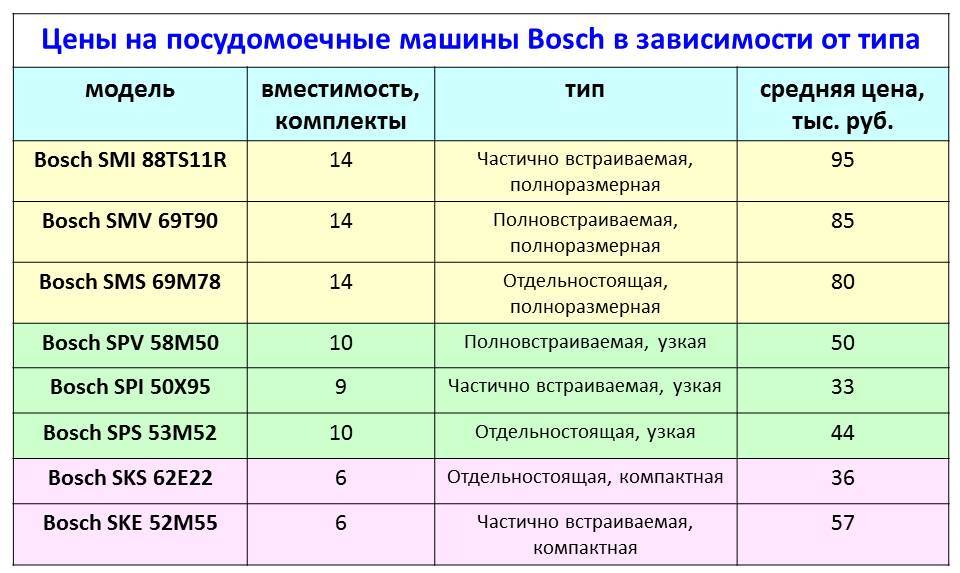
In conclusion, we note that the history of the dishwasher began in America and successfully continued in Europe. Despite the fact that the first samples of such machines, to put it mildly, did not cope with their function, people liked the idea and they continued to implement it. Currently, there are a huge number of different types of dishwashers, among which it is sometimes difficult to choose a good option for your home.
Interesting:
Reader comments
- Share your opinion - leave a comment

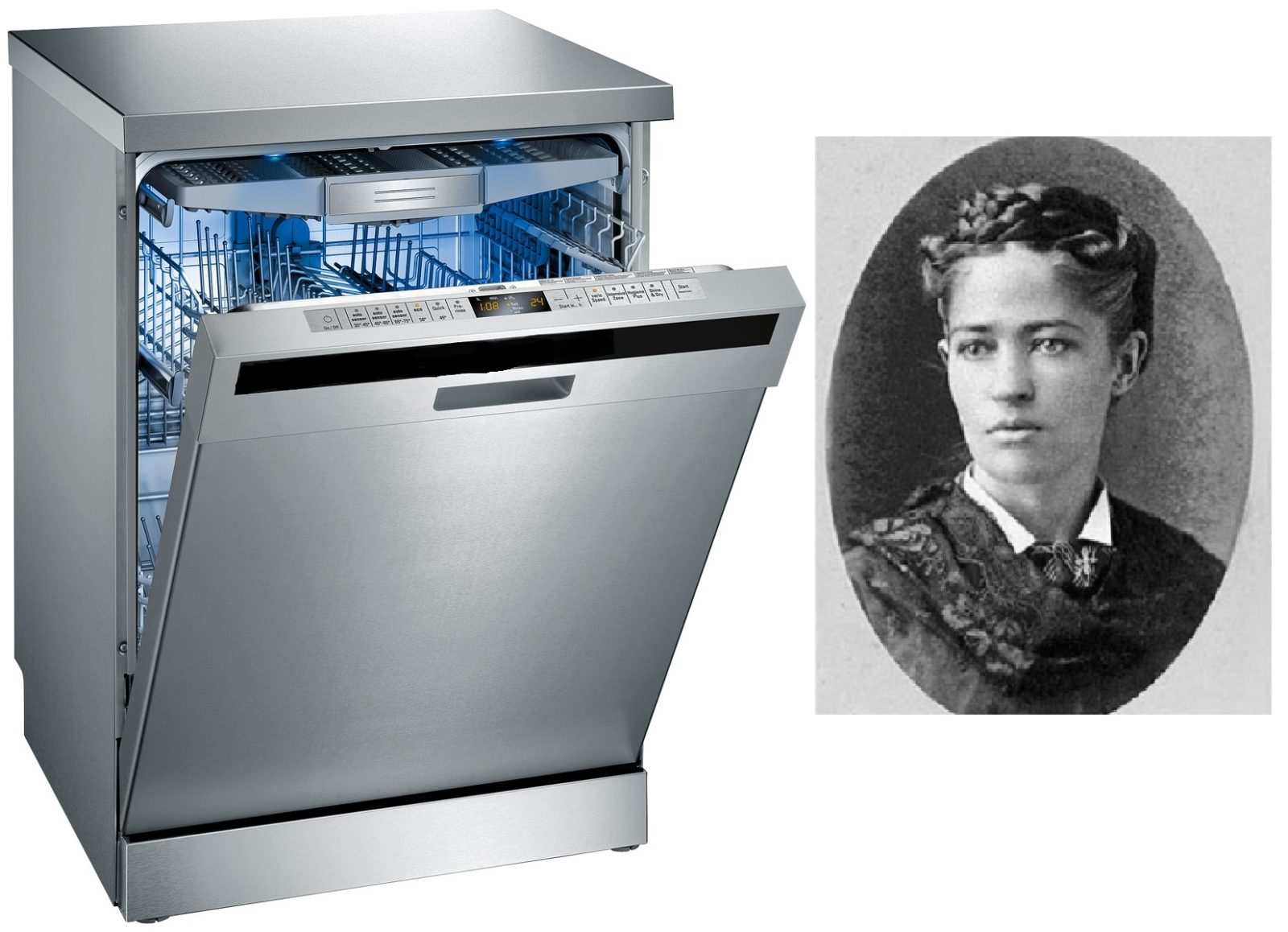


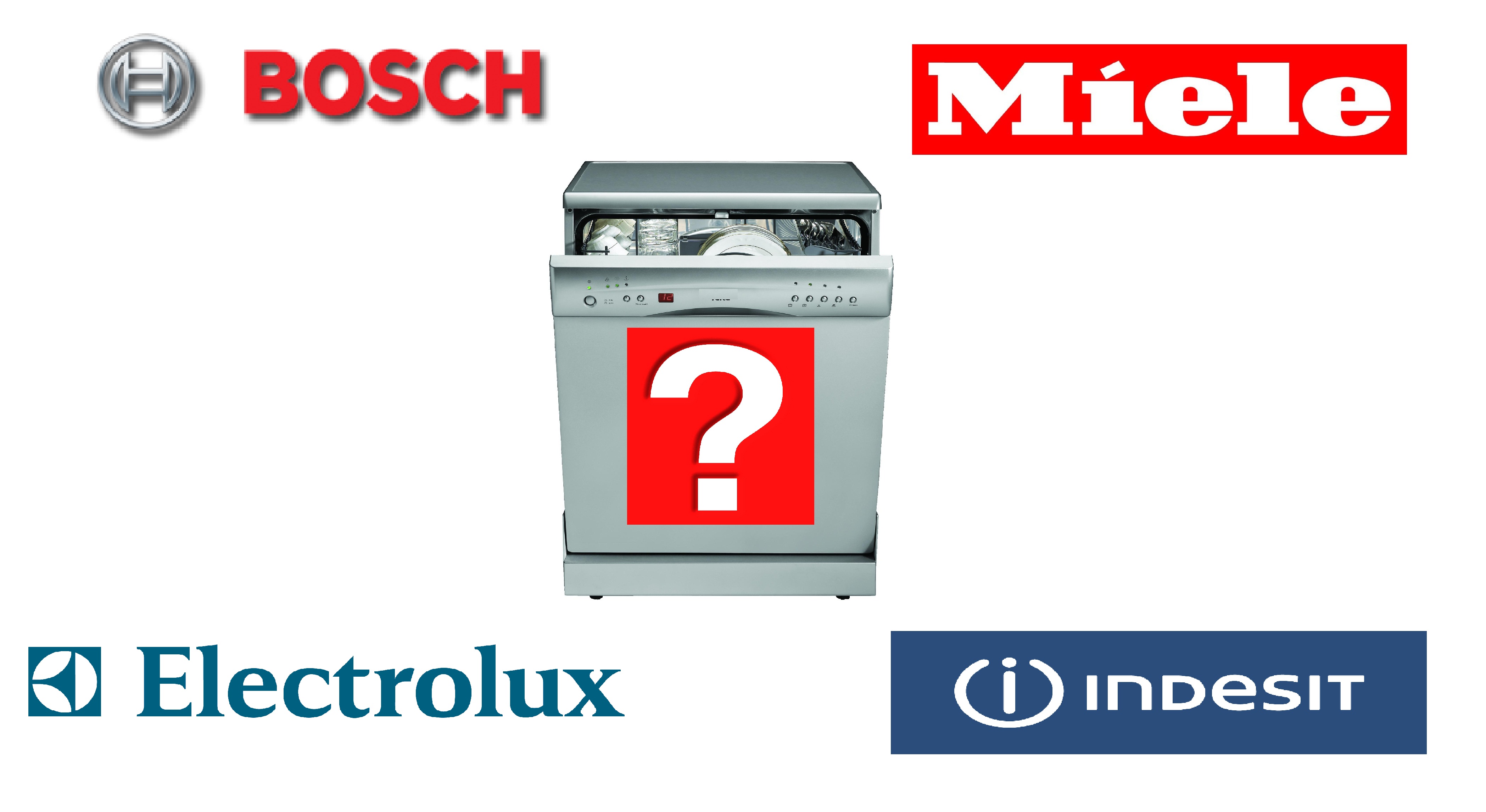
















Add a comment